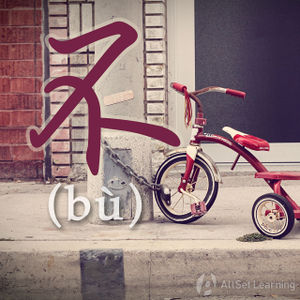Difference between revisions of "Tag questions with "bu""
Wu.mengmeng (talk | contribs) |
|||
| Line 35: | Line 35: | ||
[[Category:A1 grammar points]] | [[Category:A1 grammar points]] | ||
| − | {{Basic Grammar| | + | {{Basic Grammar|不|A1|⋯是不是?, 对不对?, ⋯好不好?|我们 喝 茶 , <em>好 不 好</em> ?|grammar point|ASG4D8XB}} |
| − | |||
| − | |||
{{Similar|Yes - no questions with ma}} | {{Similar|Yes - no questions with ma}} | ||
{{Similar|Tag questions with ma}} | {{Similar|Tag questions with ma}} | ||
{{Similar|Positive negative questions}} | {{Similar|Positive negative questions}} | ||
Revision as of 07:26, 13 June 2012
-
Level
-
Similar to
-
Used for
-
Keywords
As well as tag questions with ma, tag questions can also be formed using 不. This is done with a positive negative question.
Structure
Verb + 不 + Verb
This can then be attached to the end of a sentence to form a tag question. Tag questions seek confirmation or acceptance of what has been said. In English, "right?" and "OK?" are often used as tag questions.
Examples
- 咱们去咖啡店,好不好?
- 他是你的老板,是不是?
- 你姓王,对不对?



